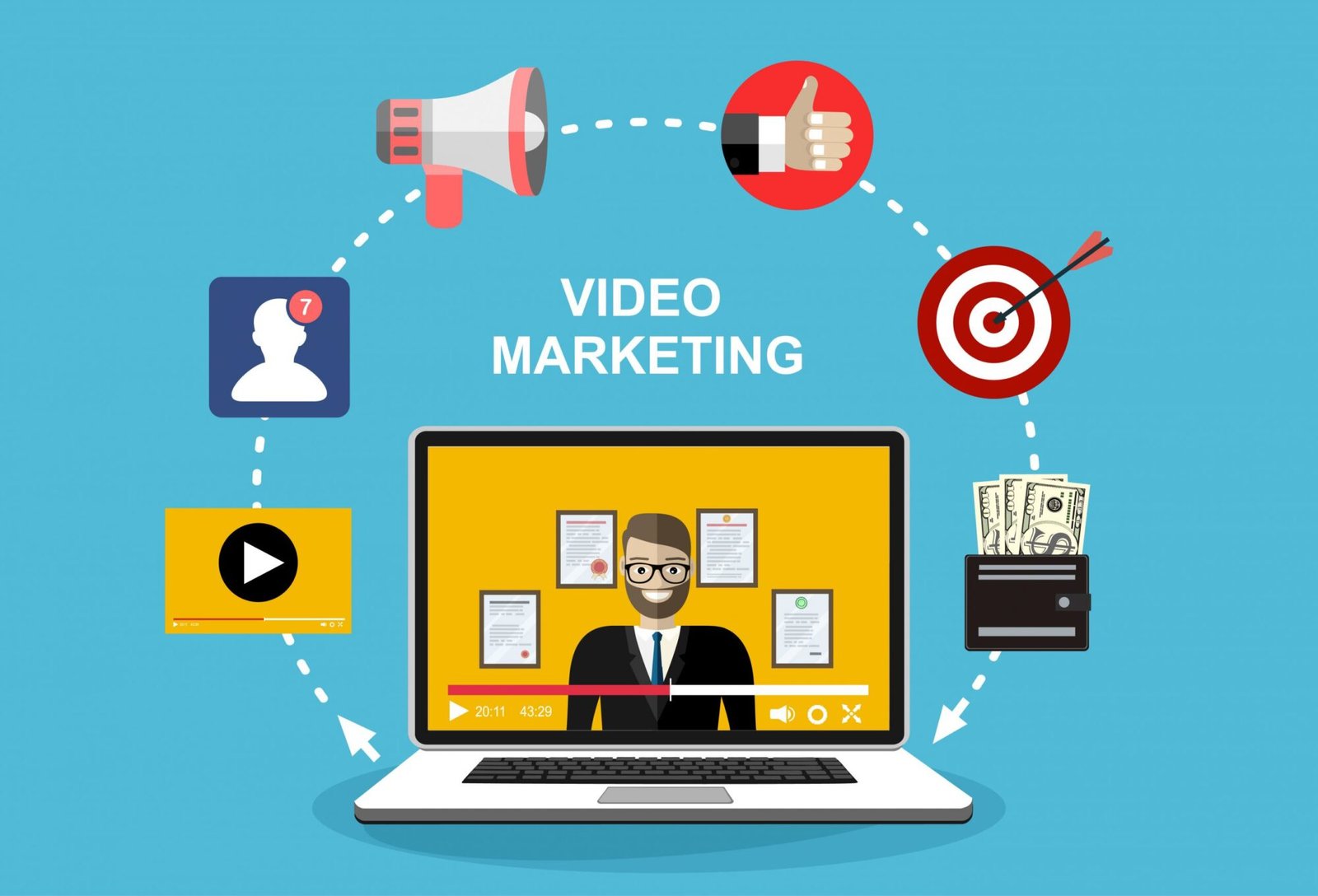In the fast-changing world of digital marketing, one thing is very clear—video content is taking over. From short Instagram reels to full YouTube tutorials, videos are everywhere. But why has video become so powerful? Why are businesses, big and small, investing more in videos than ever before?
This blog will explore the reasons behind this shift. We’ll also look at the latest video marketing trends, how video content boosts audience engagement, and why it’s a key part of every successful video marketing strategy today.
The Rise of Video Content: A Digital Marketing Revolution
Ten years ago, text blogs and images were the main tools in digital marketing. Today, things have changed. Video is no longer just “nice to have”—it’s essential.
Why the Shift?
-
Faster internet and better smartphones make watching videos easy
-
Platforms like YouTube, TikTok, and Instagram favor video in their algorithms
-
Consumers prefer watching videos over reading long text
According to recent reports, over 80% of all internet traffic is now video. That’s huge. It shows that the importance of video content has grown beyond expectations.
How Video Engages Audiences More Effectively Than Other Formats
People remember 95% of a message when they watch it in a video, compared to only 10% when reading it in text. That’s a powerful reason why video works better.
What Makes Video So Engaging?
-
Visual storytelling: Viewers connect more deeply with people and emotions shown in video
-
Sound + motion: Music, voiceovers, and movement capture attention
-
Short and direct: Videos deliver messages quickly and clearly
Whether it’s a how-to guide, product demo, or a behind-the-scenes brand story, video content helps brands connect emotionally with their audience—something other formats struggle to do.
The Role of Social Media in Amplifying Video Marketing
Social media is the playground for video content. From TikTok dances to Instagram Reels and YouTube Shorts, short-form videos are dominating our feeds.
Why Is Social Media So Important for Video Marketing?
-
Platforms promote video content more than static posts
-
Higher engagement rates: Likes, shares, and comments
-
Viral potential: One video can reach millions overnight
This is why a good video marketing strategy always includes social platforms. Businesses use them to:
-
Run video ads
-
Share tutorials and user-generated content
-
Host live Q&A or product launches
Video content makes your brand more visible, more shareable, and more memorable on social media.
The Impact of Video Content on SEO and Search Rankings
Search engines love video. In fact, web pages with videos are 50 times more likely to rank on Google’s first page compared to those without video.
How Does Video Help SEO?
-
Increases time spent on page: People stay longer on pages with video
-
Lower bounce rate: Engaging video content keeps users from leaving quickly
-
Keyword-rich transcripts and titles: Help search engines understand your content
YouTube is the second-largest search engine after Google. So, having a strong presence there with optimized video titles, descriptions, and tags helps you attract both search and video viewers.
This shows the importance of video content in a well-rounded SEO strategy.
Video Marketing Across Platforms: YouTube, TikTok, Instagram, and Beyond
Each platform has its own video format and audience behavior. A smart video marketing strategy customizes content for each platform.
Platform Breakdown:
1. YouTube
-
Best for long-form, in-depth content
-
Ideal for tutorials, product reviews, webinars
-
Good for SEO visibility
2. TikTok
-
Focuses on short, fun, creative videos
-
Great for brand awareness and younger audiences
-
Trend-driven content performs well
3. Instagram (Reels, Stories, IGTV)
-
Mix of short and mid-length video
-
Ideal for product showcases, influencer collaborations
-
High engagement through Stories & Reels
4. Facebook & LinkedIn
-
More professional tone (especially LinkedIn)
-
Great for B2B and educational video content
-
Video ads perform well
By tailoring videos for each platform, brands reach different audience groups while staying relevant and impactful.
Why Video Builds Trust and Authenticity with Consumers
In today’s digital world, people crave authenticity. They want to see real faces behind brands, not just logos or text.
Why Is Video More Trustworthy?
-
Human connection: Seeing someone speak builds confidence
-
Transparency: Behind-the-scenes videos or live sessions show honesty
-
User-generated content: Real customer testimonials create trust
Videos allow brands to show, not just tell. For example:
-
A demo video shows how a product works
-
A customer story shows real satisfaction
-
A founder interview shows the brand’s mission and values
That’s why the importance of video content goes beyond just marketing—it’s about building real relationships.
The Future of Video Marketing: Trends and Predictions for 2025
Video marketing is not slowing down anytime soon. Let’s look at some exciting trends shaping the future.
Upcoming Video Marketing Trends:
-
Live streaming will become more interactive with real-time shopping
-
AI-powered video editing will make content creation faster and easier
-
360-degree and VR videos will offer immersive brand experiences
-
Personalized video content will target individual users
-
Shoppable videos will grow in e-commerce marketing
Marketers must stay ahead by including these trends in their video marketing strategy.
Final Thoughts: Why Video Content Dominates Digital Marketing
To sum it up, video content is not just popular—it’s powerful. It grabs attention, builds trust, improves SEO, and delivers better results across all platforms.
Whether you are a startup, a creator, or a large brand, including video in your marketing plan is now a must, not a maybe. With the rise of mobile use, social media, and short attention spans, video helps your message reach, engage, and convert your audience like no other format can.
So if you’re still asking why video content dominates digital marketing, the answer is simple: because it works.












